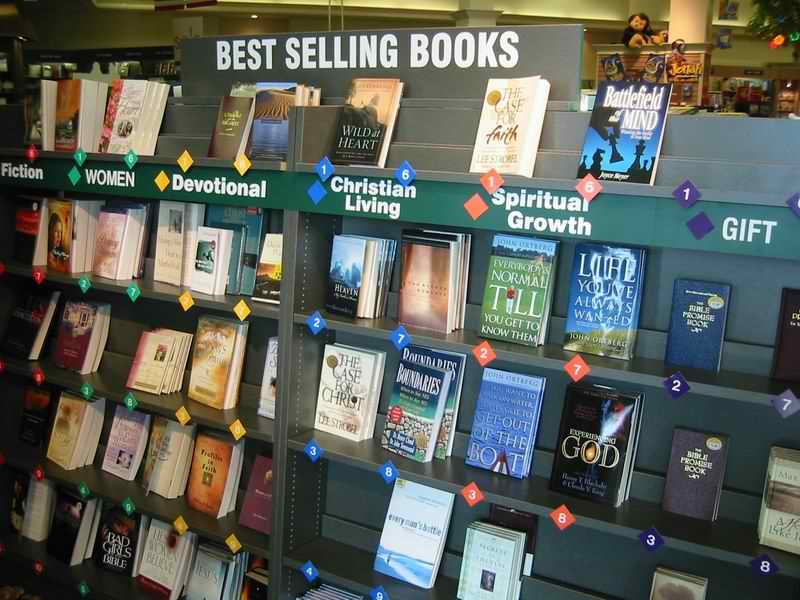Some might think this question is silly and antiquated since we know that 100% of all books are sold by Amazon and that no one buys physical books any more, and least of all in physical bookstores. Why? Because there aren’t any more bookstores! They have all closed.
But wait. Even if a publisher attributes 50% of their total physical book sales to Amazon, we cannot ignore the other 50%!
But why bother to ask the question? Why should an author care? Aren’t brick-and-mortar stores dead, dying, and doomed?
While there may be fewer stores than before, the institution is far from dead. I’m not trying to debate the future of brick and mortar bookstores. Instead, let’s go back to the original question in the title of this post.
Where Is My Book?
Part of the answer to your question comes from understanding the supply chain (you’ve all heard the term “supply chain” after the Covid disruption). If you have a new book with a major publisher and run into your local store, you may not find the book. That store may have just placed their order last week.
The order may be coming direct from the publisher’s warehouse or from one of dozens of book distributors. The order must be picked and packed at the source. Most publishers and distributors are incredibly efficient; they have to be or they lose revenue. The speed of delivery depends on the speed of UPS, FedEx Ground, or the post office. And the proximity of the shipping location to the store and the time of year.
Then the books have to be received in the back room by each store and checked against the purchase order and invoice. Then they get put on a cart and wheeled out into the store and shelved, hopefully in the right location. Depending on the efficiency of the back room, this can be done quickly … or not. (I remember my old bookstore days where, at one point, we had two weeks’ worth of incoming shipments, still in their boxes! It was a nightmare of six-foot high stacks.)
Each step in the above process has a human being involved. Not robots. Which means there can be various delays from the time the order is placed to the time it actually shows up on the store shelf.
Therefore, it can take 1-2 weeks before stock shows up in the store.
And THEN, if you walk into the store two minutes after someone else bought the one copy of the book that had been ordered, it won’t be on the shelf. Stores cannot afford to stock multiple copies of every new book. They have to guess which ones are going to have the highest demand and invest their inventory dollars in those books.
The store’s computer will then reorder the book during the next “replenish” cycle, and the process begins again. That “cycle” is different from store to store, based on the sales velocity of a title or a preset time to reorder from a specific publisher. If you don’t see your book? Ask the clerk. Or even special-order it. This can generate sales velocity which feeds a reorder algorithm that creates more orders.
On top of all this, what if your book is preordered by a large chain but only for their top 100 stores? Your local store may not be large enough to warrant the inventory. Don’t be mad at the store or at your publisher. It is a matter of pure economics and the cost of inventory. Don’t send your Aunt Mabel into her local store and expect her to find your book because the above scenario might apply in her case as well.
It may be that you need to talk to the store manager and explain that you are a local author. Often they like to support local talent. If you have a copy of your book with you (or a sales sheet), it can show the great cover and the great publisher you have.
And people think bookselling is simple.
Please remember, if you comment, that this post is not about the viability of physical stores versus online purchasing. It is about the nature of the supply chain and why you may or may not find your book in your local store.




